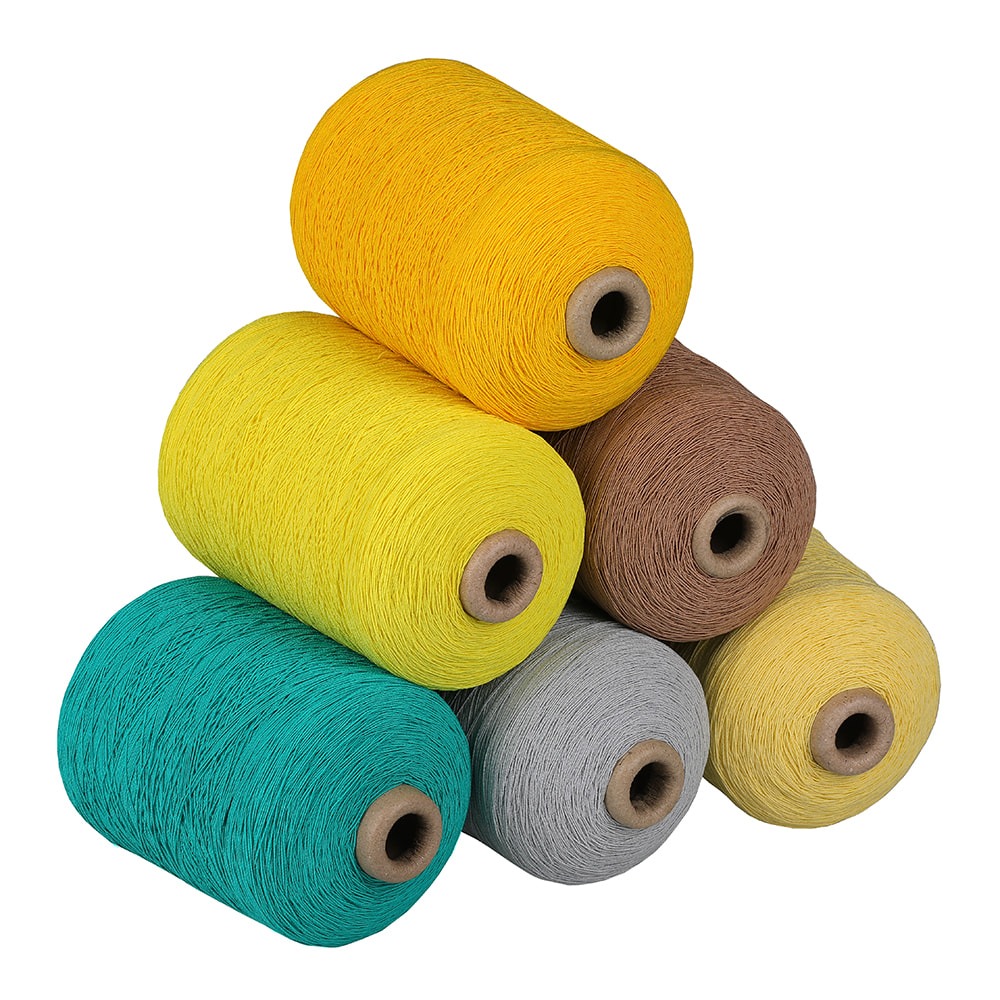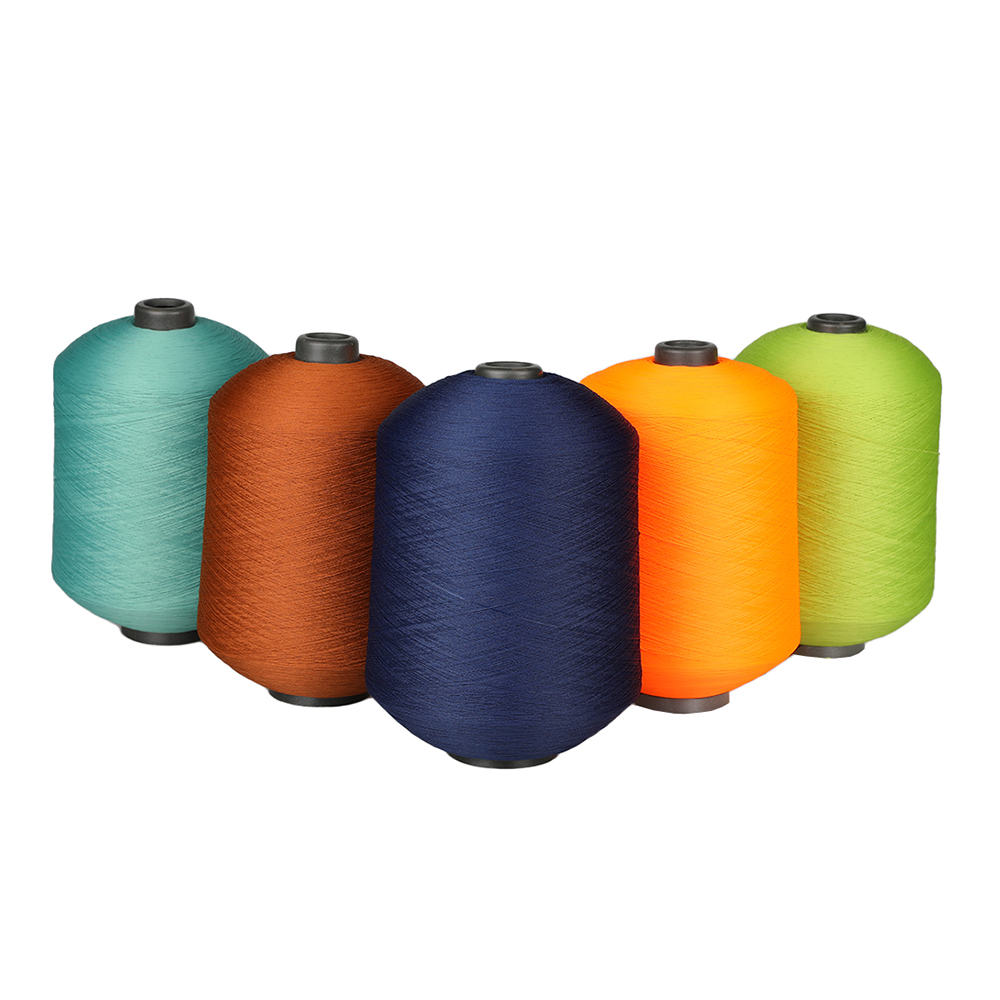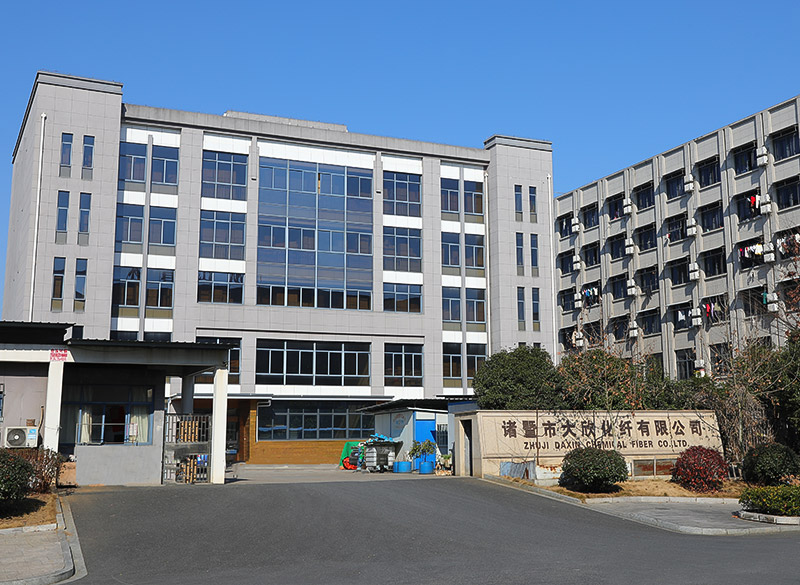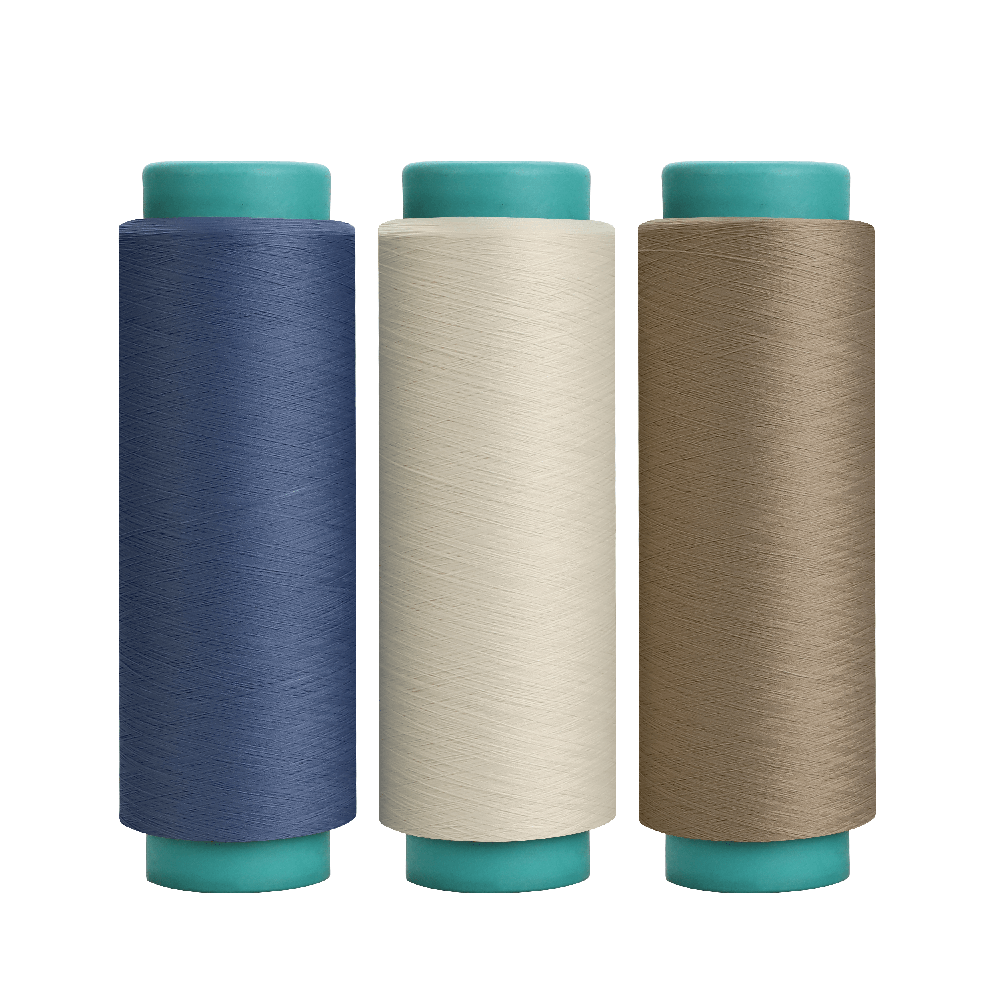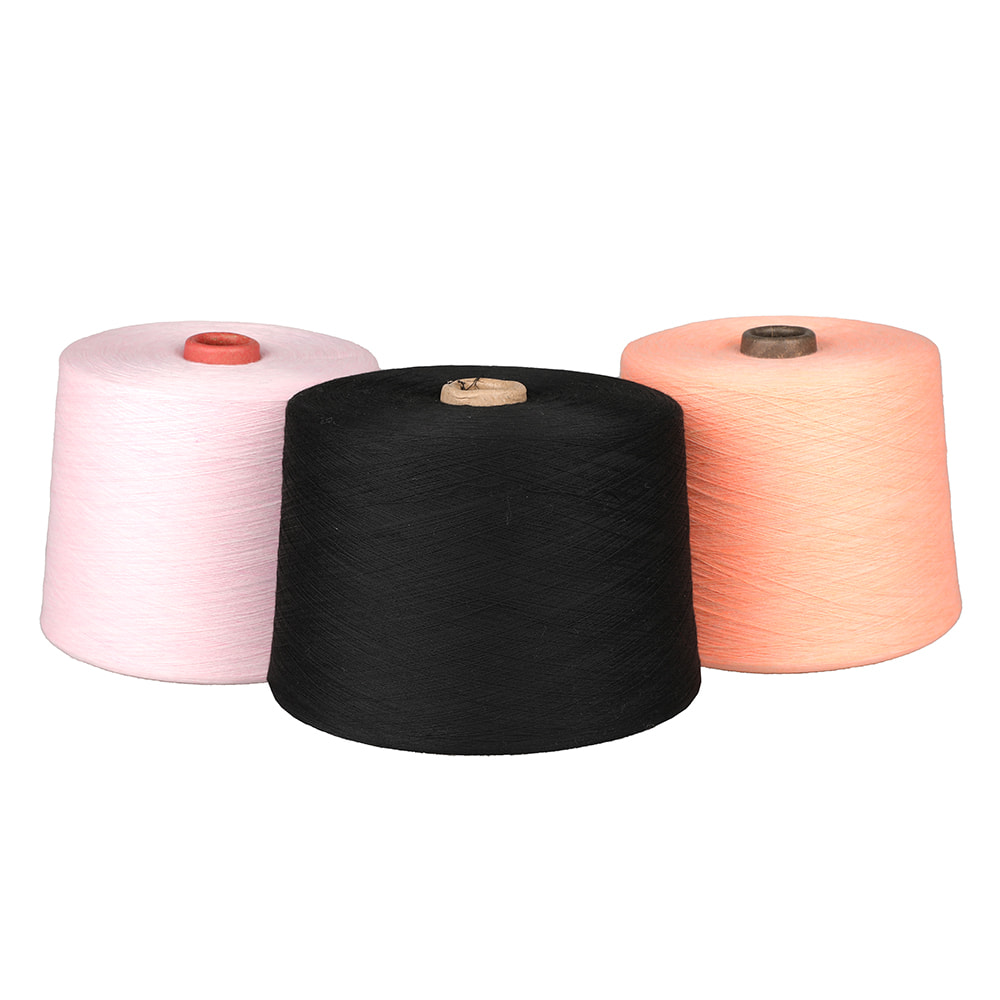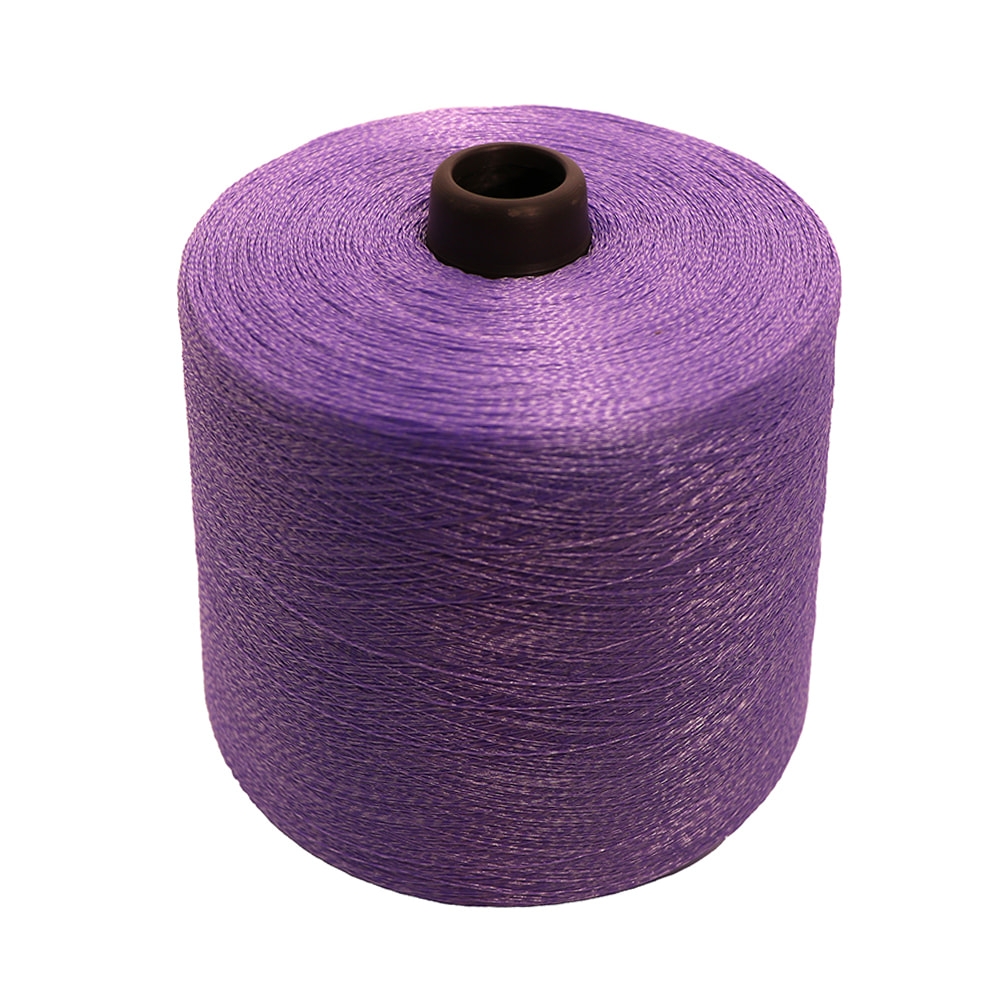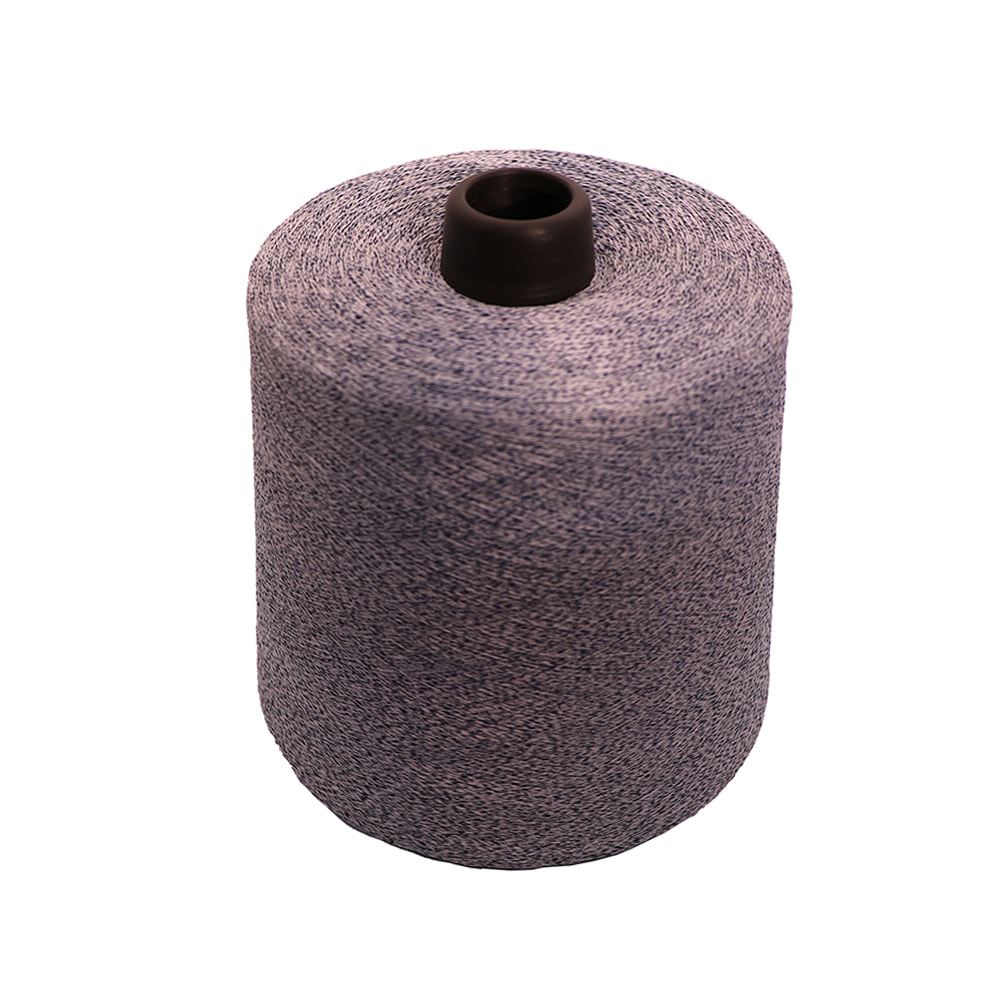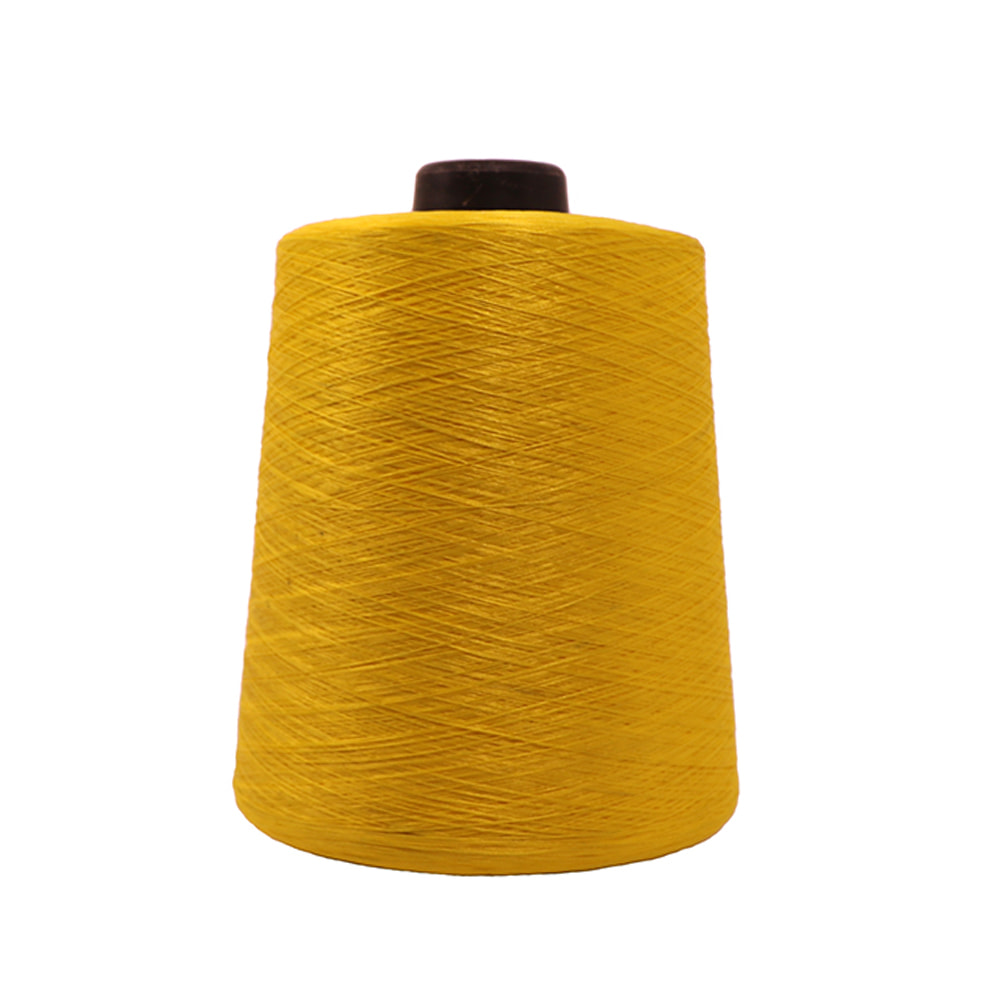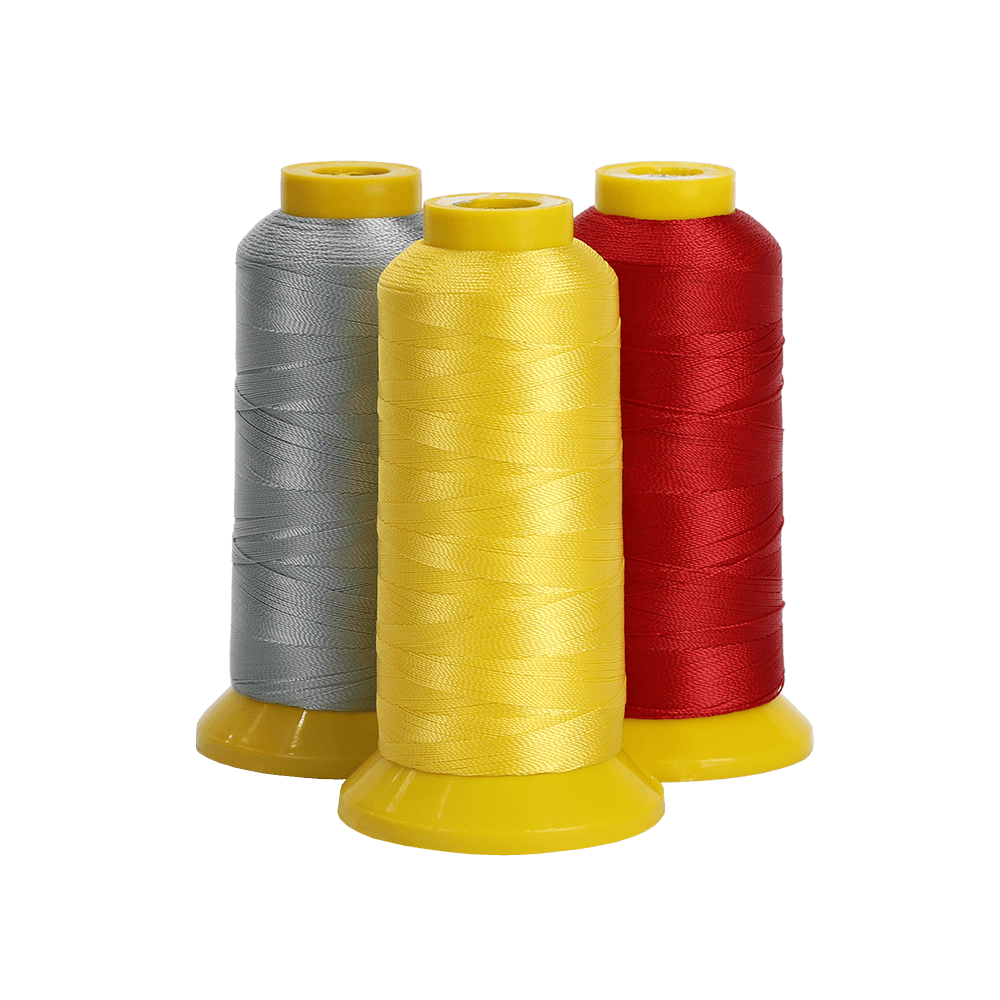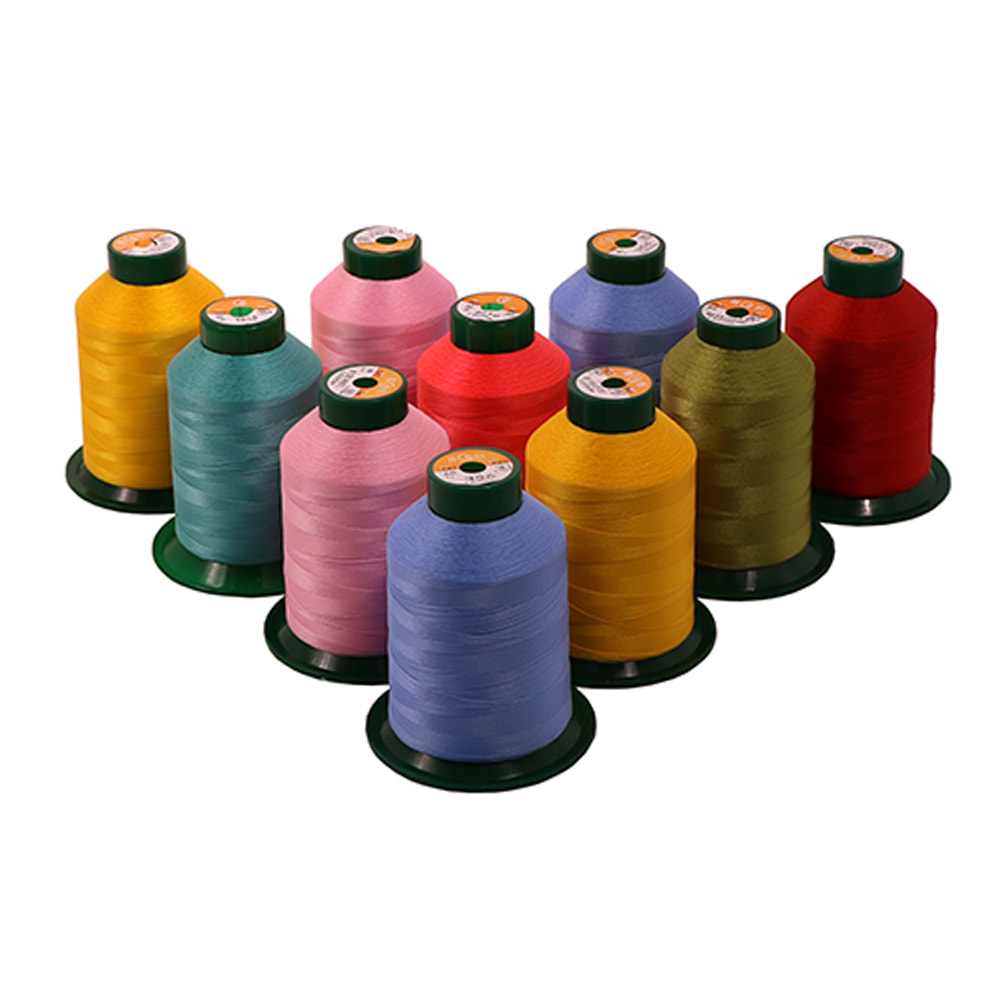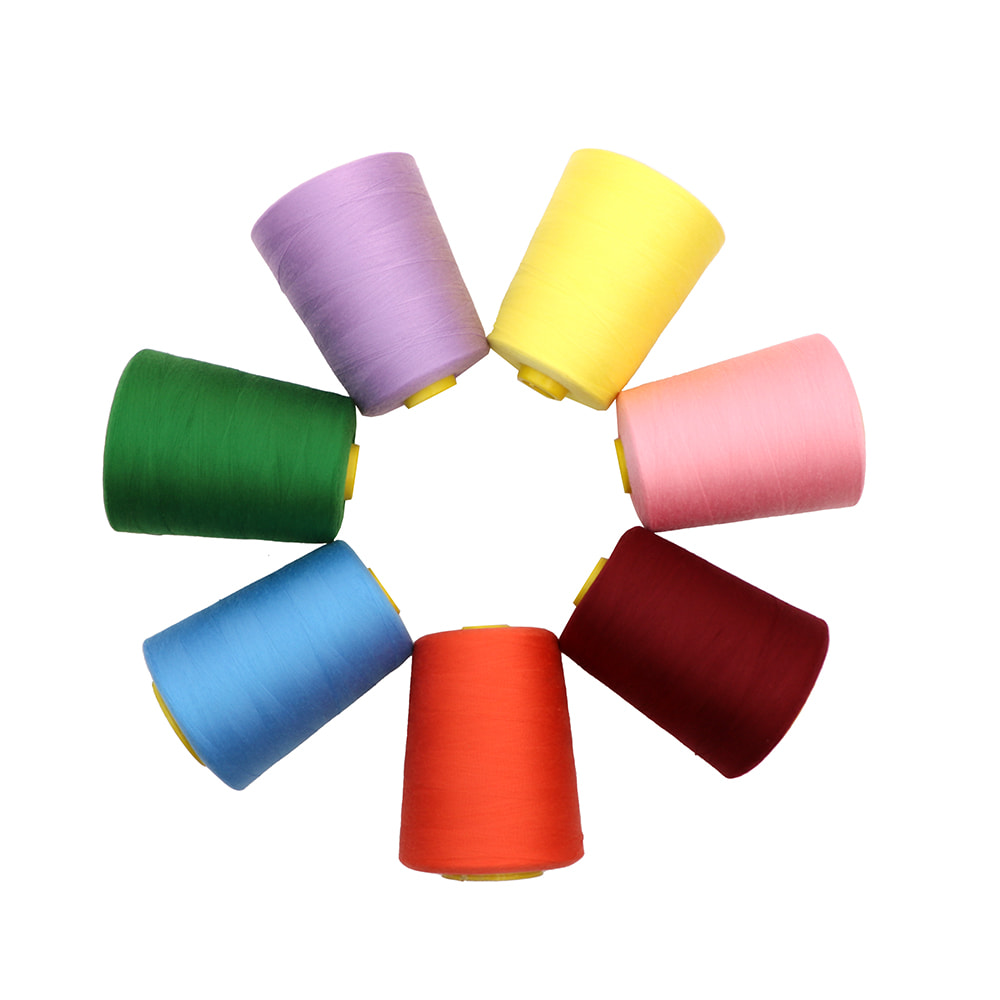In our daily lives, color is ubiquitous, from the clothes we wear to the shoes on our feet. Every hue carries a unique aesthetic and emotional weight. Yet, have you ever wondered how these vibrant colors are imparted to fibers and manage to withstand the test of time, maintaining their original brilliance after countless washes and sun exposures? This remarkable resilience is the result of profound innovations and breakthroughs in textile technology. Traditional dyeing processes often grapple with a myriad of challenges, including poor colorfastness, fading, and significant environmental pollution. However, the emergence of colored polyester network yarn has presented a revolutionary solution to this dilemma. Through its unique production methods and advanced techniques, it effectively “locks” color within the fiber itself, ensuring the long-lasting vibrancy of textiles.
Colored Polyester Network Yarn: How Does It Achieve Lasting Vibrant Color?
High colorfastness stands as a critical benchmark for the quality of textile colors, serving as a decisive factor for their durability and aesthetic appeal. Conventional dyeing methods involve immersing yarns or fabrics in a dye bath after they have been formed, allowing dye molecules to penetrate the fiber surfaces. While this process is straightforward, the bond between the dye molecules and the fibers is often weak. Consequently, colors are prone to shedding or fading over time due to environmental factors and frequent use. In contrast, colored polyester network yarn leverages a more sophisticated technique known as dope dyeing or solution dyeing. During the production of the polyester fibers, masterbatch pellets are precisely blended with polyester chips, ensuring a thorough fusion. This method allows pigment molecules to be distributed uniformly within the fiber, bonding tightly with the polymer chains as if they were an intrinsic part of the fiber itself. As a result, colors exhibit exceptional stability and colorfastness, resisting fading even after prolonged sun exposure, numerous washes, and rigorous abrasion. This guarantees the enduring aesthetic quality of the textile.
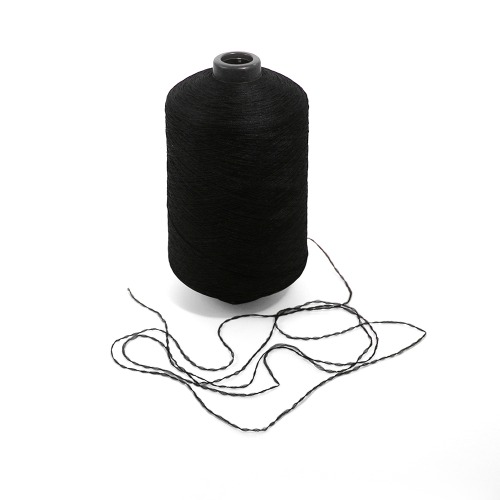
Multifunctional Applications: The Broad Horizon from Shoe Uppers to Apparel
The distinctiveness of polyester network yarn extends beyond its exceptional color performance to its unique physical structure. Composed of multiple continuous polyester filaments intertwined by an air jet, it forms countless tiny “network points.” This structure imparts a fluffy, soft texture to the yarn while providing excellent strength and elasticity. It is these superior properties that have allowed colored polyester network yarn to flourish in a wide range of applications. For instance, in the manufacturing of flyknit shoe uppers, it provides the necessary strength and breathability while offering shoe designers a vast canvas for creative expression. By weaving yarns of various colors, they can create a rich tapestry of patterns and gradient effects. In apparel fabrics, particularly for sweaters and athletic wear, this yarn delivers a soft and comfortable touch while maintaining its vibrant color, enhancing the overall quality and visual appeal of the garments. Its multifunctional and aesthetic attributes make it an indispensable and innovative material in modern textile design.
Innovation and Sustainability: New Directions in Dyeing Technology
Amidst a growing global environmental consciousness, eco-friendly dyeing technologies are gaining significant traction in the textile industry. Traditional dyeing processes generate vast amounts of wastewater laden with various chemical additives and dyes, leading to severe water pollution. The dope dyeing technology used for colored polyester network yarn fundamentally alters this situation. Since the color is integrated during the fiber production phase, it completely bypasses the subsequent wet dyeing stages, dramatically reducing water consumption and wastewater discharge. This sustainable production method not only minimizes the negative impact on the environment but also ensures the final product is safer and non-toxic, aligning with modern consumers’ demand for green and sustainable goods. In comparison, traditional dyeing requires multiple post-dyeing rinses, consuming immense amounts of water and energy, while incurring high costs for wastewater treatment. This makes eco-friendly dyeing technology superior in both economic and environmental terms.
Future Trends: How Personalization and Customization Will Lead Industry Development
As consumer markets become increasingly segmented and the demand for personalization surges, the production model of small batches and multiple varieties is becoming the new norm. Traditional textile supply chains are notoriously long, with each stage—from yarn production to fabric dyeing and garment manufacturing—requiring considerable time and resources, making it difficult to respond swiftly to market shifts. However, the production of customized colored polyester network yarn offers a viable solution. Through flexible production lines and precise formulations, manufacturers can rapidly produce yarns in specific colors and specifications to meet client needs. They can even provide unique color schemes tailored to a designer’s creative vision. This customized service not only shortens product development cycles and mitigates inventory risks but also imbues products with a unique competitive edge. It represents a more agile, efficient, and customer-centric production model for the future, guiding the textile industry towards higher value-added growth.

 English
English 中文简体
中文简体 Español
Español